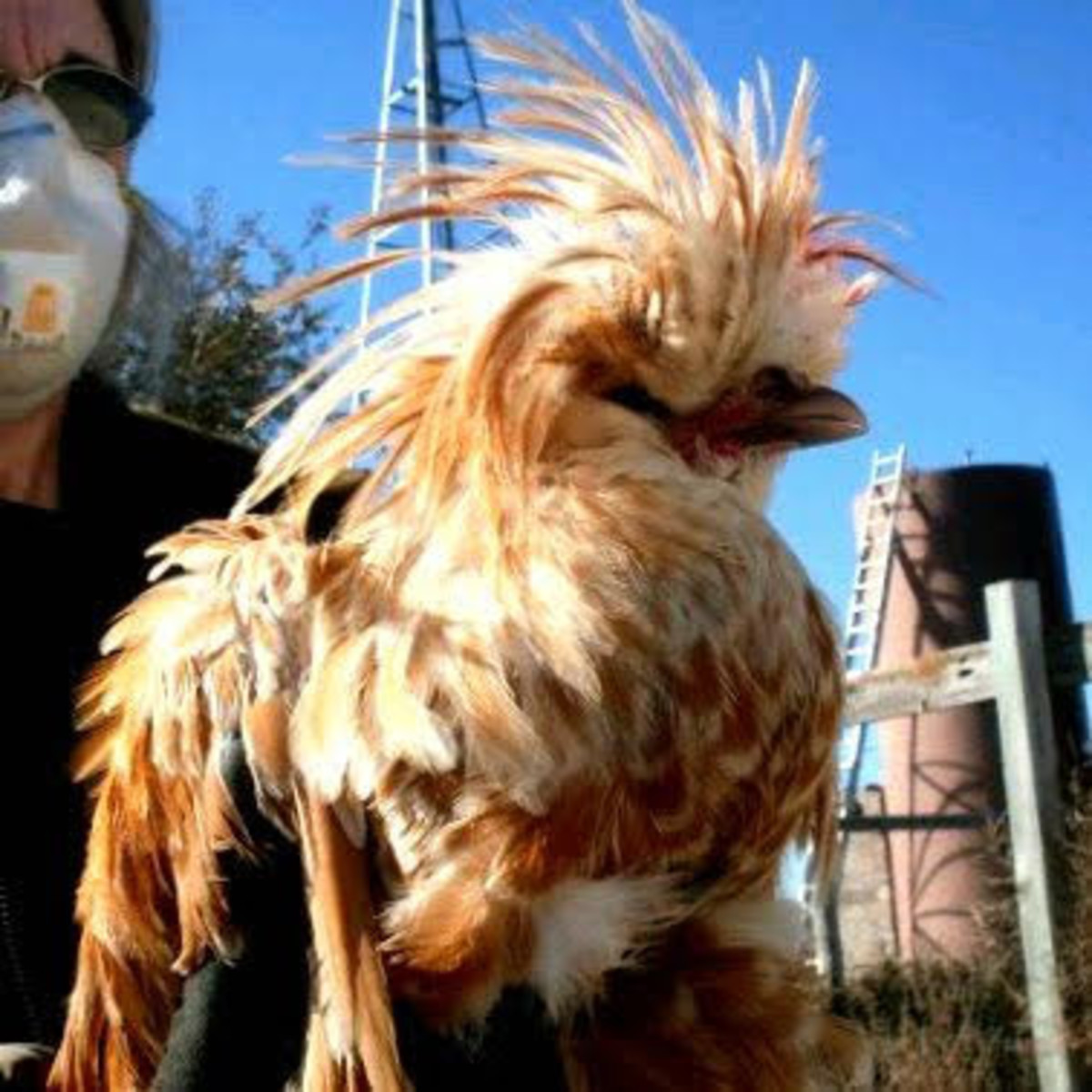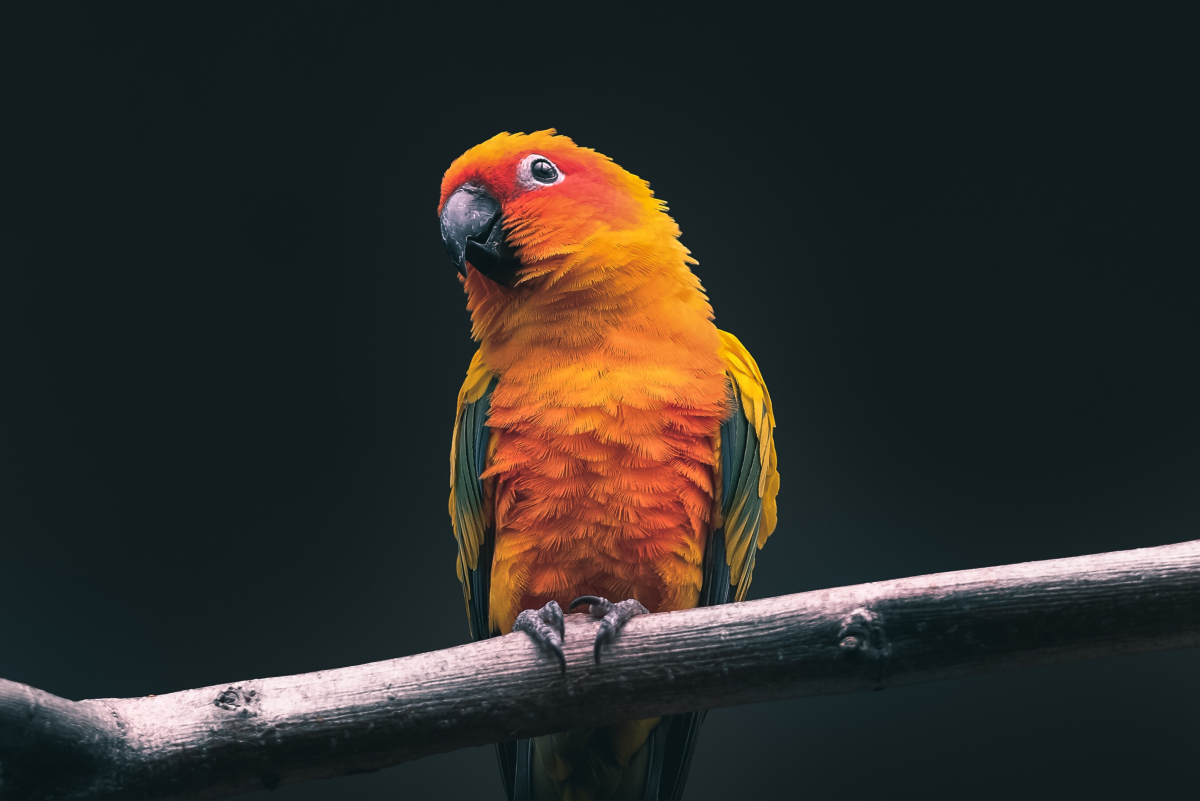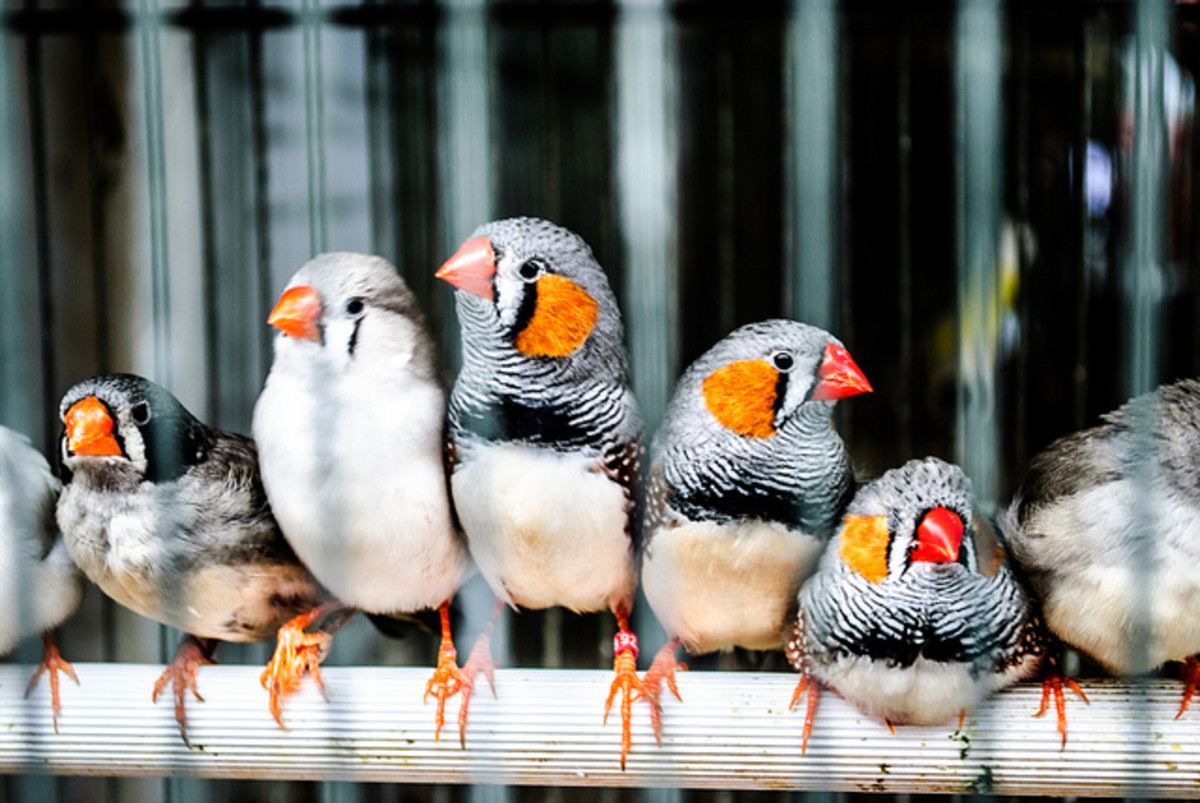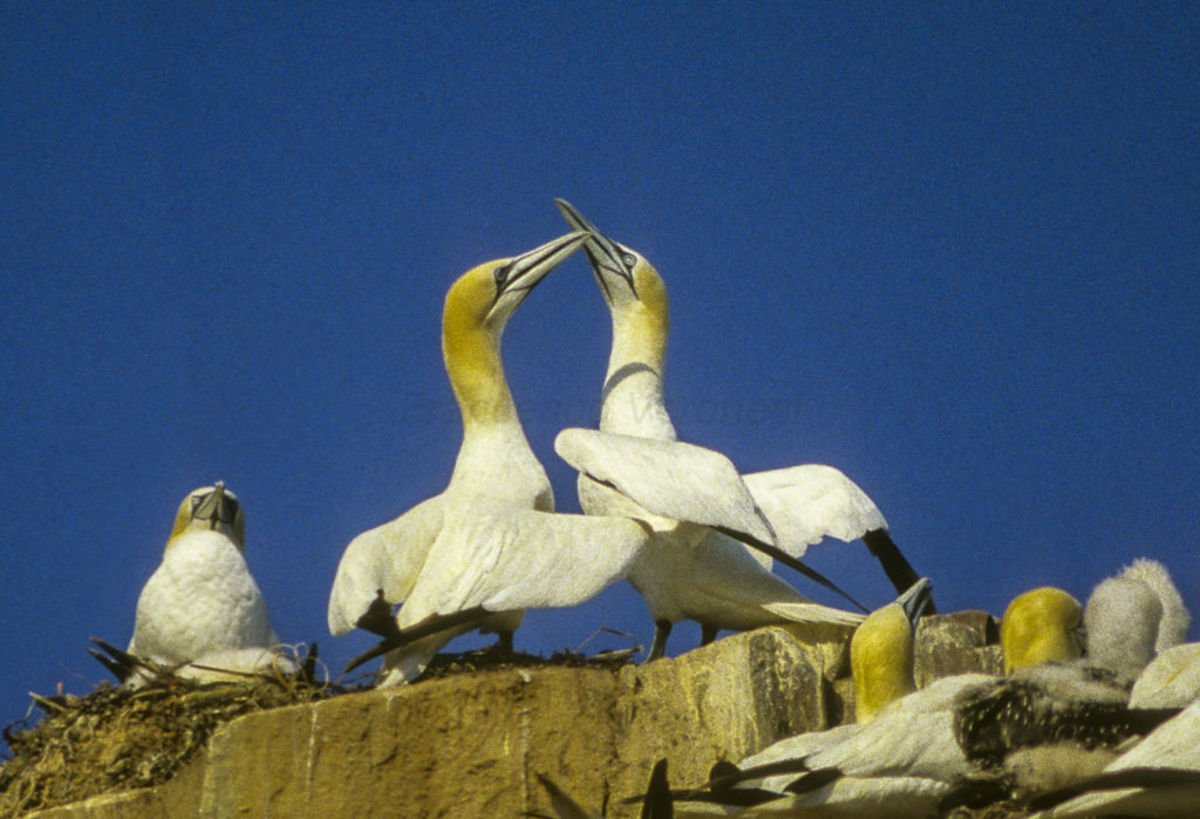4 Methods to Hypnotize a Chicken
Chicken Hypnosis
Is it possible to hypnotize a chicken? The answer is yes, and doing it yourself is pretty easy, requiring very little practice and only a chicken.
In this article, we will see four different methods that can be used to hypnotize a chicken. The methods work both on hens and roosters.
Chickens hypnotized with the methods demonstrated below will stay still for anything between 15 seconds and 30 minutes. Ethologists (scientists who study animal behavior) call this hypnotic state 'tonic immobility', a natural state of semi-paralysis that some animals enter when presented with a threat. Tonic immobility is probably a defensive mechanism intended to feign death, in this case poorly, as most predators prefer to consume living prey.
To awaken your chicken simply clap your hands or give it a nudge. Sometimes it may take a few tries before the chicken is back to normal again. The whole process is harmless to the animal, however you are advised to do it in moderation. Don't do it again and again on the same bird!
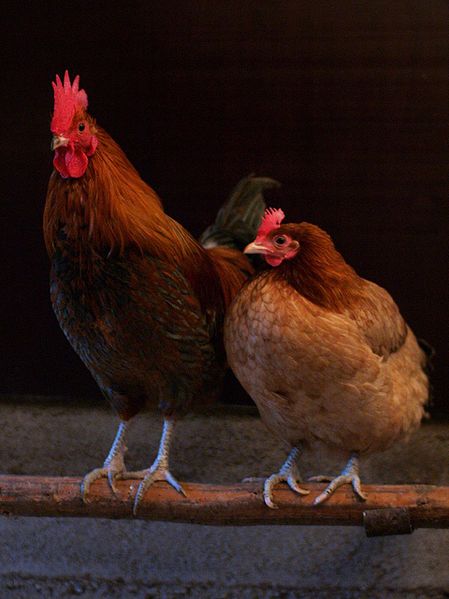
1# The Line Method
Take your chicken and hold its head (gently) against the ground. Then draw a line using a stick, your finger, a piece of chalk or whatever as shown in the videos below. This method is the one most people are familiar with, as it is very easy to master.
Line method, performed with chalk
The line method performed with stick
2# The Back & Forth Sway Method
Hold your chicken in your arms and tuck its head under its wing. Then simply move the bird back and forth,as in the video below, and rest it on the ground.If done properly, you will get a similar effect
3# The "Belly Stroke"
First, place your chicken with its back against the ground. Then run your index finger vertically downwards from the chicken wattles to above its vent. Soon, the bird will be out!
4# The "Oscillating Finger Method"
Place the bird on the ground with the wing under its body and hold it down gently. The head must be flat on the table. Run your index finger back and forth in front of the bird's beak --without touching it- from its tip to a point approximately 10 cm (4 in.) from the beak.





